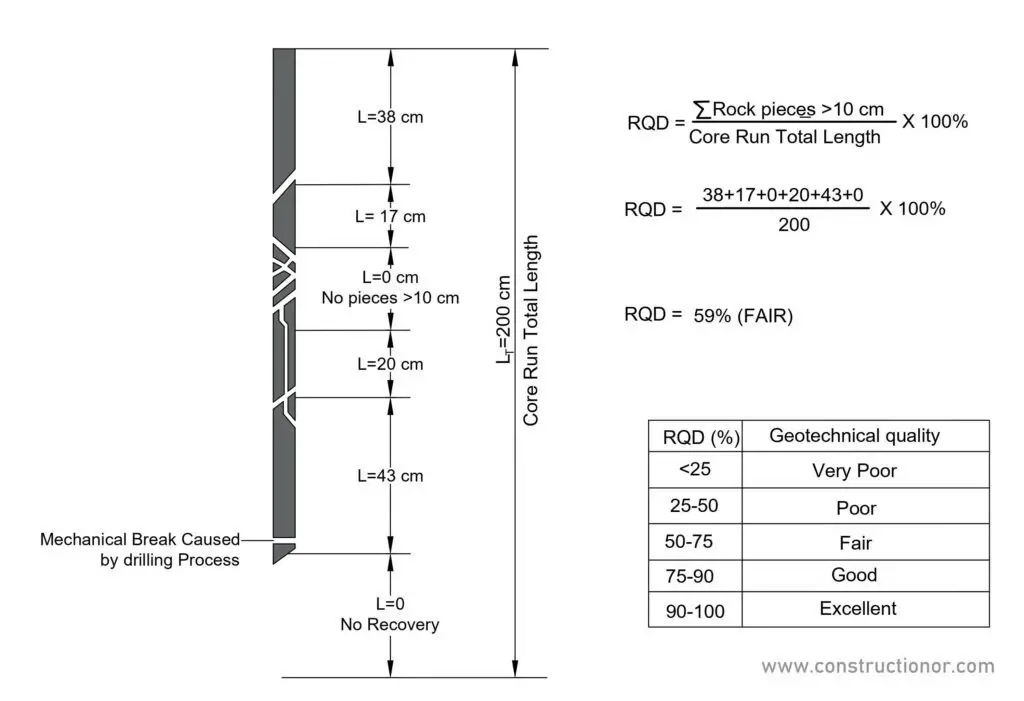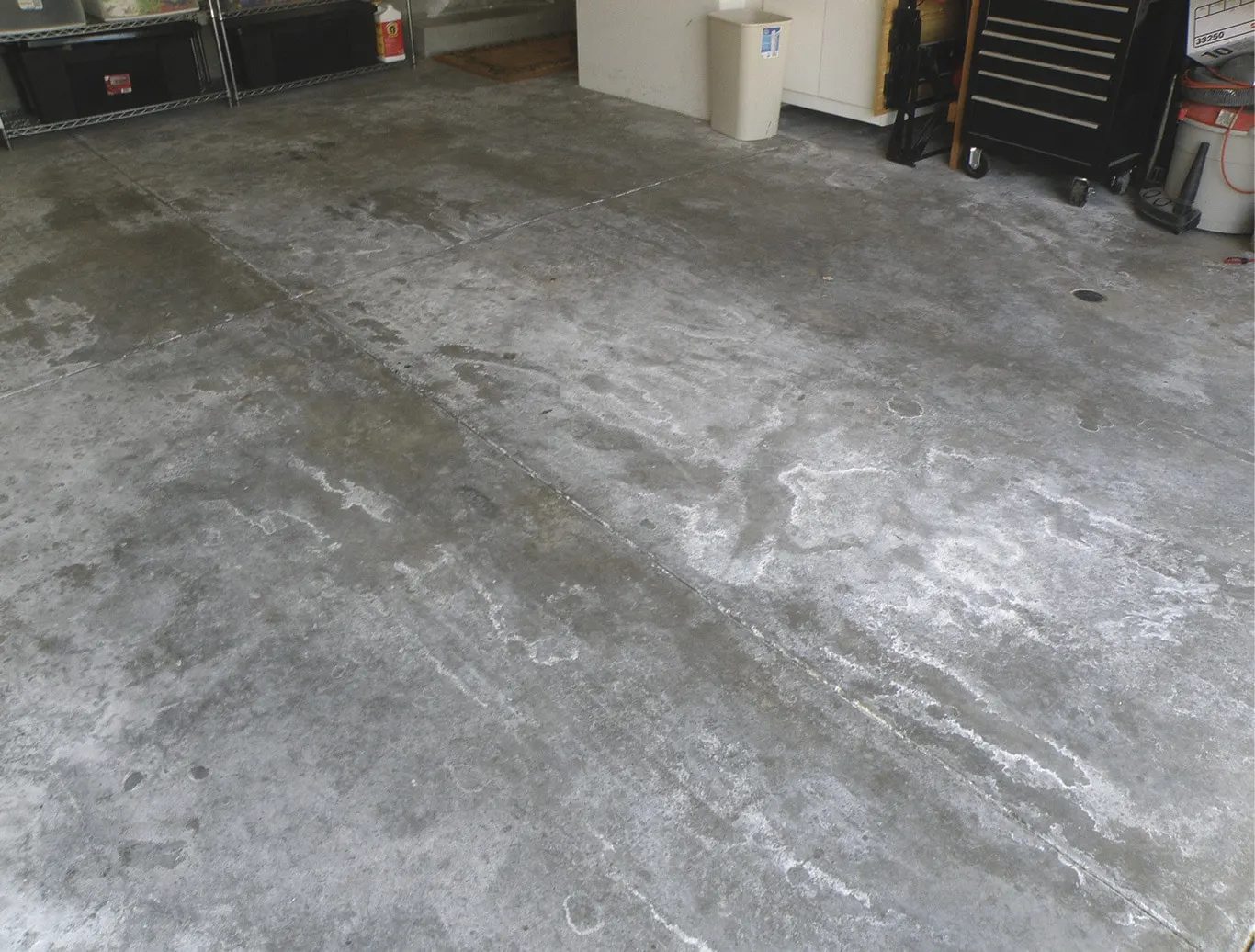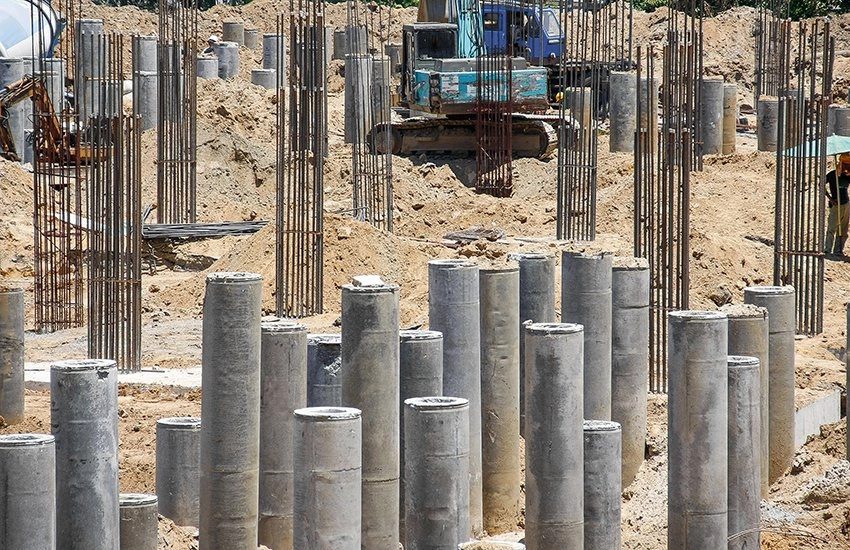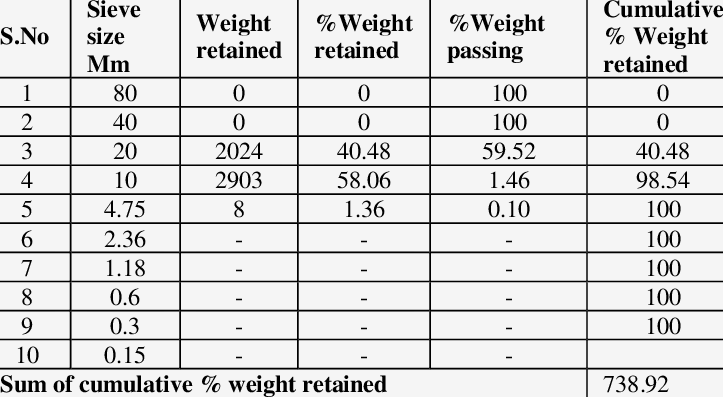Mortar is a thick paste comprised of cement, sand, and water used to bond two surfaces together while Grout is a highly viscous substance used as a filler to close up cracks or seams between ceramic or stone tiles.
In this article you’ll learn:
So, if you’re ready to go with the it, this article is for you.
Let’s dive right in.
Mortar Vs Grout:
Mortar:
Mortar is used to connect tile, brick, natural stone, produced veneer stone, and other masonry goods together.
It serves primarily as a binding substance between stones, concrete, and bricks in construction projects.
Brick and stone are laid using masonry mortar, which is a blend of coarse sand, Portland cement, and lime.
A mixture of cement, polymers, a water-retention agent, and a very fine grade of sand is used to make this set, a different type of mortar.
Types of Mortar:
Thin set Mortar: This is used beneath tiles on the floor or the wall.
Type-S Mortar: It is used for tuck-pointing and brick and stone laying.
Type N Mortar: It is a multipurpose mortar for exterior and above-grade walls.
Type O Mortar: Due to its low compressive strength, it is mostly used indoors for non-load-bearing applications.
Type M Mortar: This is a heavy-duty mortar used for below-grade applications such as foundations and for large weights.
Type K Mortar: A soft mortar with a very low compressive strength that is utilized for ornamental purposes.
Grout:
Grout is a binder, but it is not an adhesive, and the tiles remain in place due to the mortar beneath them.
Grouting covers and strengthens the gaps between tiles, it holds the tile in place (though most of this is done by the mortar, underneath).
It stops water from leaking between tiles because dirt can’t collect in the joints, it also makes it simpler to clean tiles.
By connecting one tile to the next, grout prevents chipping and cracks at the edges.
Grout mixes in with the overall look of the tile when the color-fast pigment is added.
Types of Grouts:
Sanded Grout: Sand is added to the grout to promote bonding, which gives it a slightly gritty feel.
Use only on 1/8-inch or bigger tile joints.
Unsanded Grout: Since it doesn’t contain sand, unsanded grout doesn’t feel scratchy.
However, it does contain excellent minerals.
Use unsanded grout for tile joints that are no wider than 1/8 inch.
Epoxy Grout: There are no minerals in epoxy grout.
Epoxy grout does not require sealing because it is waterproof.
Use for 1/8-inch or thinner joints.
What is the Difference Between Mortar and Grout?
Mortar serves as a bonding agent below the tiles, while grout is used to fill in any gaps or seams between tiles.
| Mortar | Grout |
| Mortar ingredients include cement, sand, lime, and water. | Grout is composed of cement, sand, water, epoxy, and acrylic polymers. |
| In a mortar, the water-to-cement ratio is lower. | The more water-cement ratio in the grout. |
| In brick or stone masonry, the main purpose is to serve as a binder. | In tilling operations and cracks, the group’s main use is as a filler substance. |
| Stiffer. | Less stiff. |
| The workability is greater, and it adheres well to a trowel. | It becomes increasingly difficult to handle with a trowel or other equipment as the water content increases. |
| Viscosity Low. | It is extremely vicious. |
| It typically takes on the hue of cement. | They have a variety of colours depending on the situation. |
| Concrete Mortar, limestone mortar, Mortar of Suki, Sharpened Mortar, Mulch Mortar | Polished grout, grout for walls or unsanded, resin grout, Furan grout, and acrylic grout are types of grouts. |
| Non-porous are types of mortar. | Very porous; retains water even after hardening. |
| For the mortar to harden, it must cure. | The first amount of water delivered is sufficient for hardening; grout does not require additional water for curing. |
| The setting process takes longer time than with grout. | The setting takes less time than with Mortar. |
| It is used in brick, concrete, and stone masonry as a bonding agent used to disguise joints and enhance the look in plastering projects used to fill cracks and tiles. | Grouting prevents cracks and bedding planes in vulnerable areas of the ground to strengthen the ground for dam foundations. |
Also read: Mortar vs Concrete | Concrete vs Asphalt
Conclusion:
Use of mortar and grout interchangeably is not recommended, there is essentially no overlap in function because both are designed for distinct purposes.
You won’t have much of a choice between the two because many tiles need particular kinds of mortar or grout for optimal installation, and most tile makers will recommend one or the other.










I am Abdul. Senior Civil Engineer. I like your input regarding the detailed info you have provided. It is good for Site Engineers and foreman. However it is a reminder for all of us including myself. Well done and continue to share your valuable ideas to everyone who is willing to learn the basics.
Thank you.
Best of luck.
Regards.
Abdul.